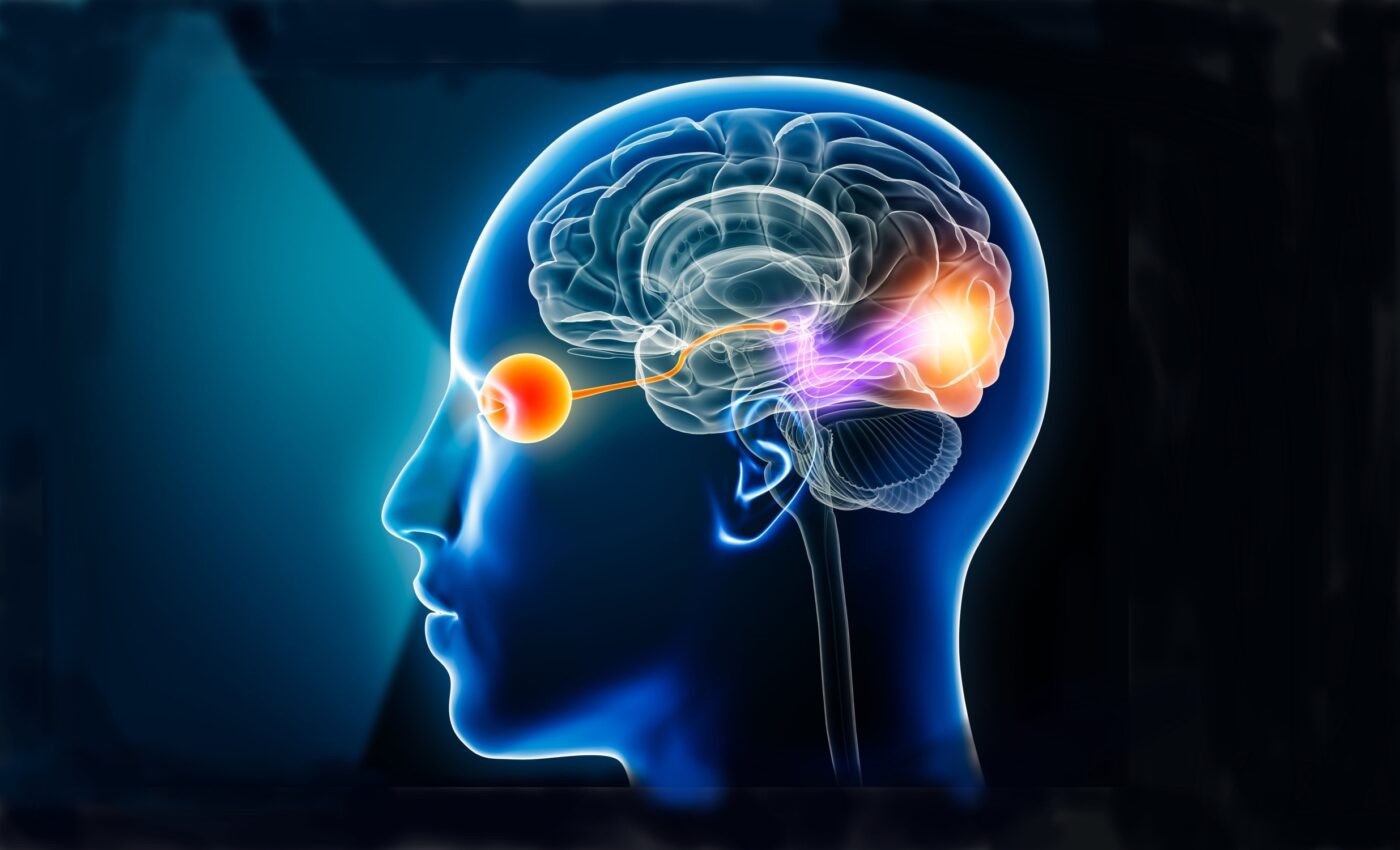
How the human brain processes visual information
A recent study has unveiled a major advancement in using artificial intelligence (AI) to decode how the human brain processes visual information.
Conducted by researchers at Stanford’s Wu Tsai Neurosciences Institute, this research not only deepens our understanding of the human brain’s functional architecture but also sets the stage for innovations in both neuroscience and artificial intelligence.
Brain processing of visual information
Visual processing is how our brain interprets and understands the visual information it receives from our eyes. When we look at something, light enters our eyes and hits the retina at the back of each eye.
The retina converts this light into electrical signals, which travel through the optic nerve to the brain. In the brain’s visual cortex, these signals are processed to form images, recognize patterns, and identify objects.
This process allows us to make sense of what we see, enabling us to recognize faces, read text, and perceive depth and motion.
In the brain’s visual cortex, neurons organize into ‘pinwheel’ maps, with each segment representing different visual angles—like watching the second hand of a clock sweep around its face.
Beyond these geometric patterns, the brain also segregates complex visuals, such as faces and places, into distinct neural clusters. These organizational patterns, seen across various brain regions, have long intrigued scientists.
Introducing the TDANN model
To explore why the brain develops these intricate maps, the Stanford team pioneered a novel AI model known as the Topographic Deep Artificial Neural Network (TDANN).
This model employs natural sensory inputs and spatial constraints on neural connections to mimic the brain’s visual processing.
The TDANN’s architecture, featuring a two-dimensional “cortical sheet,” allows it to replicate the brain’s topographical organization, including the pinwheel structures in the primary visual cortex and category-specific clusters in the ventral temporal cortex.
Breakthroughs in self-supervised learning
Eshed Margalit, the study’s lead author, highlighted the model’s use of self-supervised learning techniques, which closely resemble the way infants learn visually.
This approach significantly enhanced the model’s accuracy, providing a robust simulation of the brain’s learning process.
“It’s probably more like how babies are learning about the visual world,” Margalit noted, underscoring the unexpected impact of these techniques on model precision.
Bridging the gap between neuroscience and AI
The research has significant implications for both neuroscience and artificial intelligence. TDANN provides a new understanding of how the visual cortex in the brain develops and functions.
This understanding can lead to advancements in diagnosing and treating neurological disorders affecting vision. Researchers can potentially develop new therapies and interventions based on insights gained from TDANN.
Moreover, studying the brain’s organizational principles can inform the development of more advanced AI visual processing systems. AI systems can be designed to mimic human visual perception more closely, improving their accuracy and efficiency.
The energy efficiency of the human brain can inspire the development of more energy-efficient AI algorithms and hardware.
Overall, this research bridges the gap between neuroscience and AI, with each field informing and benefiting the other. Understanding how the brain works can lead to breakthroughs in AI, while AI can be used to study the brain in new ways.
This symbiotic relationship has the potential to accelerate progress in both fields and lead to significant advancements in technology and healthcare.
Promise of virtual neuroscience
The Stanford team also demonstrated that their AI model could serve as a fast, cost-effective tool for conducting virtual neuroscience experiments.
This capability could revolutionize medical advancements, such as developing prosthetics for lost vision or better understanding the impact of diseases on the brain.
“If you can do things like make predictions that are going to help develop prosthetic devices for people that have lost vision, I think that’s really going to be an amazing thing,” said Kalanit Grill-Spector, a key contributor to the study.
Human brain’s role in advancing neuroscience
This study not only bridges the gap between neuroscience and artificial intelligence but also offers a promising blueprint for future explorations in human cognition.
As AI continues to evolve, leveraging insights from the brain’s structure and functionality could significantly enhance its capabilities, echoing the intricate and efficient ways that our own minds work.
The study is published in the journal Neuron.
—–
Like what you read? Subscribe to our newsletter for engaging articles, exclusive content, and the latest updates.
Check us out on EarthSnap, a free app brought to you by Eric Ralls and Earth.com.
—–













